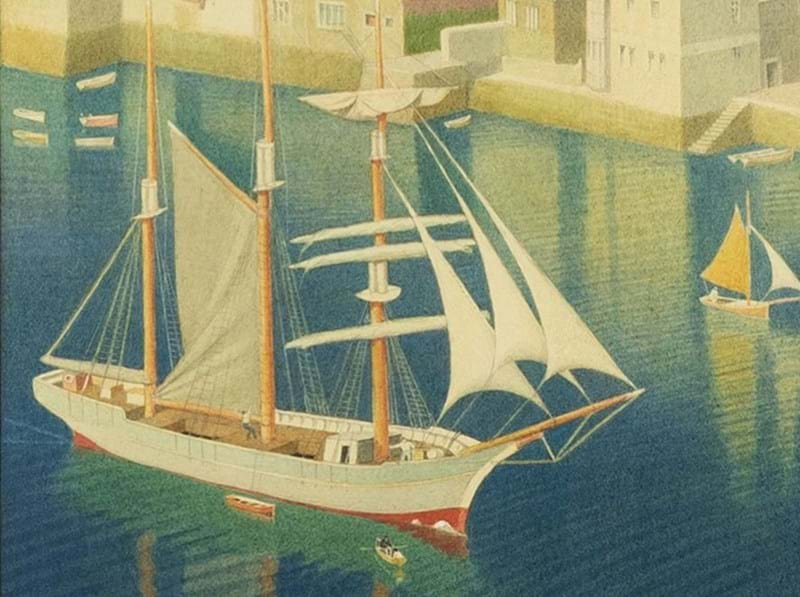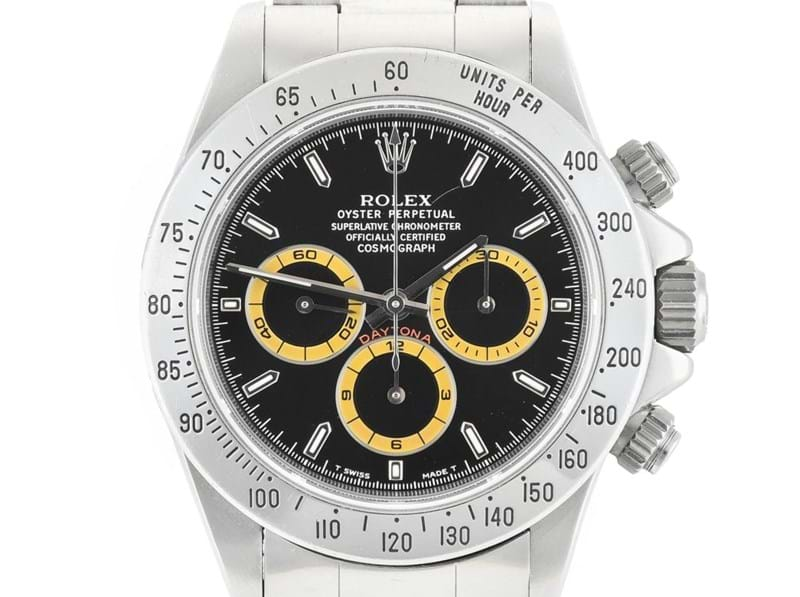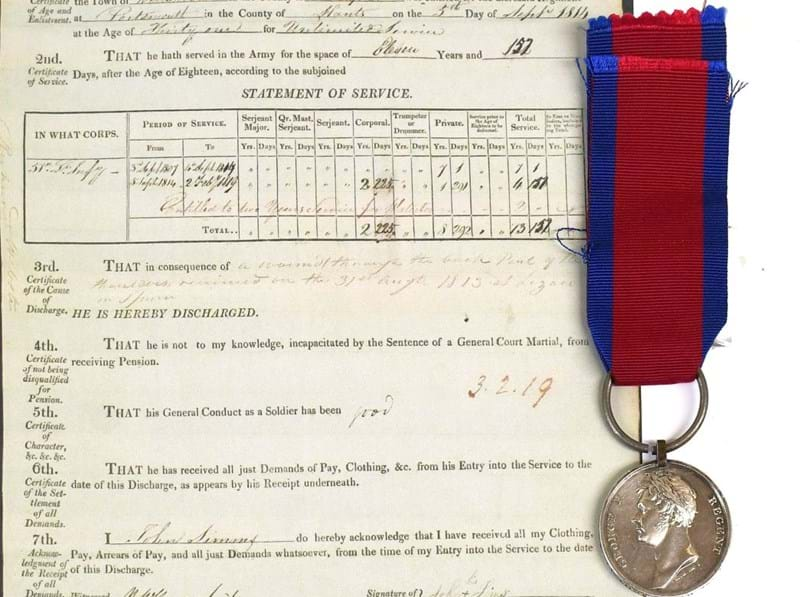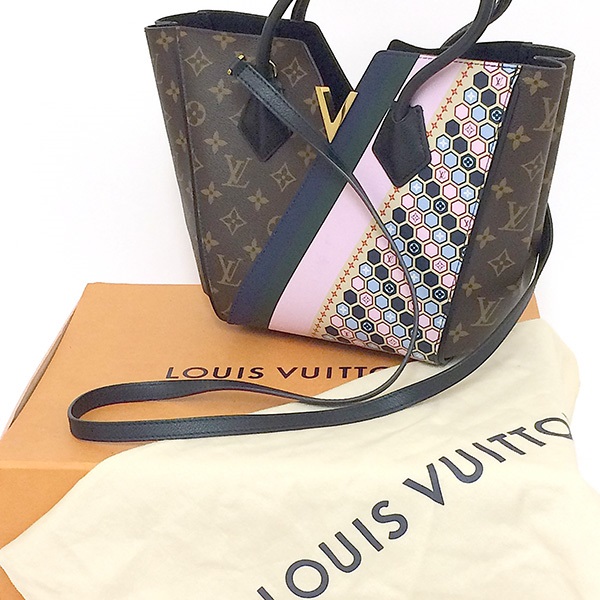Whitefriars Glass is a colourful collectable, popular with both specialist collectors and with those looking to bring a splash of colour into their homes.
In 1834 James Powell, a winemaker and entrepreneur, bought a glassworks just off Fleet Street in the City of London for his three sons. The glassworks is thought to have been in operation since 1720, but the Whitefriars factory, as it came to be known, only came to prominence under the direction of James Powell & Sons.
From the beginning of their tenure in the factory, the Powells were forward-thinking; they kept up to date with current design movements and began experimenting with new techniques, employing technological and scientific knowledge developed during the previous hundred years of the Industrial Revolution.
A significant proportion of the early work of the firm was the production of stained glass to support the extraordinary boom in church building during the Victorian era. It was through this work that the firm associated leading proponents of the Arts & Crafts movement such as Philip Webb and William Morris. These connections led them to begin producing domestic tableware inspired by historic glass; taking influences from Venice and Rome, they moved away from heavy cut glass and instead employed a range of old decorative techniques such as trailing and the application of prunts (blobs of glass) to the surface, often taking inspiration from Old Master paintings.
In 1875, James Powell’s grandson Harry James Powell joined the firm. A chemistry graduate from Oxford, Harry was the driving force behind cutting edge innovations in colour and decoration, and in the production of heat resistant glass for laboratory ware. The factory moved with the times and changing fashions. Whitefriars came to make Arts and Crafts glass and Art Nouveau glass for some of the leading designers of the age, and in 1923 the factory moved to a modern premises in Wealdstone, near Harrow.
The most iconic and collectable range of Whitefriars glass today is that made during the 1950s and 1960s. In 1954 Geoffrey Baxter joined the firm, a designer and graduate from the Royal School of Art. He departed from traditional forms and methods of production and conjured up the sense of freedom in an era open to experimentation and new ideas. Indeed, he famously used nails, wire and bark to create his prototype moulds, into which glass was hand-blown. In 1963 the factory officially changed its name to Whitefriars Glass and the late 1960s saw the release of the Textured range of glass with its well-known shapes such as Drunken Bricklayer and Banjo, in vivid colours such as cinnamon, indigo, willow, kingfisher blue and tangerine. Designed by Geoffrey Baxter, it is these pieces that are the most sought after on the secondary market today.
Collectors tend to buy their pieces depending on shape, colour and degree of definition. The moulds used to create the cast glass would be used repeatedly, and gradually lost the crispness of their detailing. It is possibly to date Whitefriars, if you know what to look for, by the level of detail on the piece. Following a decline in demand, the factory was closed in 1980.
A large Private Collection of Whitefriars Glass dating from the 1940s to 1980 is to be sold in the Antiques & Interiors Sale on 26th September 2020.















